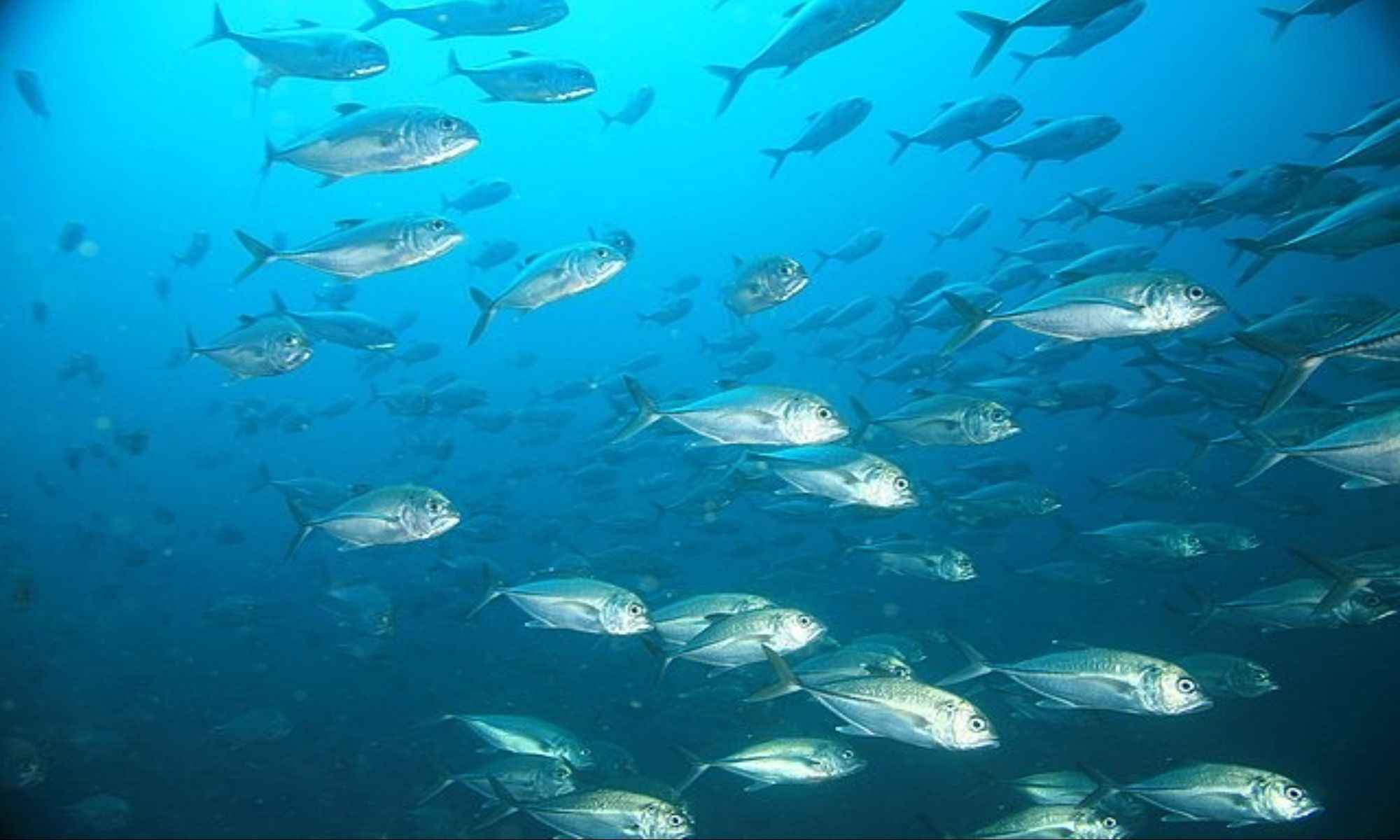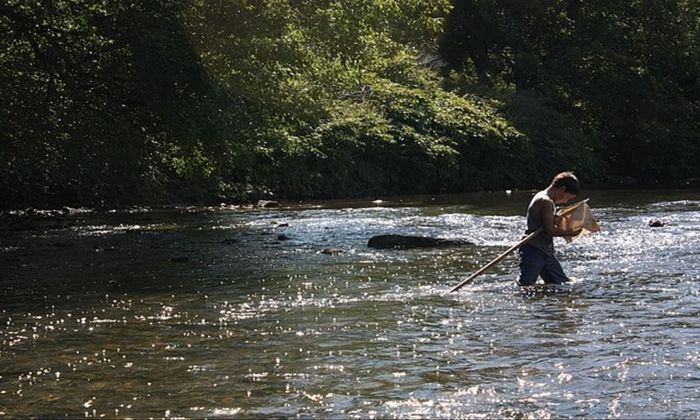Signs That There Are Fish Nearby
Learn how to look out for signs in nature to find where fish are hiding in a river, lake, or sea.

No matter how well you cast a line or match the hatch, so to speak, you still won’t be able to fill your bucket if you can’t tell where the fish are in any given water body. Excellent anglers are not just masterful in the sport; they’re also keen and patient nature observers who take their time to study their environment even before taking out their fishing gear. They do not take any detail in nature for granted. They know the telltale signs of where fish are and are always on the lookout for them.

In this article, you’ll learn how to look at nature the way an expert angler does and spot signs that there are fish nearby, whether you’re freshwater fishing or saltwater fishing.
Read the Water
Knowing how to read the water is one of the most important skills you could develop as an angler. Every major type of water body that holds fish is different. However, the details you should look for in each are pretty much the same: food or forage, cover or shade, and water margins. These are the basics of what draws fish to any given spot. A cover gives fish a place to hide. Prey fish species use masks to hide from predators, while predator fish species use them to bide their time to sneak up on their prey. A cover can look different in any given water body. They can take the form of weed beds, stumps or fallen trees or stems, rocks, and vegetation. Water margins, on the other hand, are spots in the water where transitions occur. They’re the edges between deep and shallow water or fast and slow current.

1. Lake
If you’re bank fishing on a lake, choose a spot with plenty of cover or structure. In a lake, that’s often a weed bed, stumps, or rocks. A site transitioning from shallow to deep water will also hold fish. Feel the wind, study its direction through the waves, and fish downwind. That’s where the wind takes forage, attracting prey fish and predators like walleye or largemouth bass.
2. River
Fish don’t like to use their energy to fight the current so if there’s a fast current, stay clear. Instead, look for spots where the current breaks. Usually, these spots also hold cover that acts as current breakers: rocks, debris, or a river bend. Bubbles on the surface are good signs to look out for to see the transitions that attract fish.
3. Pond
A deep and clear pond can attract fish. So can a pond that’s deep and not too clear. A shallow pond that’s a little unclear can also hold stocked fish. Look at the vegetation in the area as well. If you can, try to turn the logs over the edges of the water discreetly. You can bet there’s fish nearby if it’s on the slimy side. Another test you can do is disturb the water with a stick to see which kind of debris floats up.
4. Saltwater
Looking out for structures is a surefire way of finding fish in saltwater. A rock jetty, a bridge, or a pier are suitable structures to look out for. Submerged artificial reefs also attract fish and areas where tidal currents occur.
Learn Your Seasons
Most fish are cold-blooded, which means their bodies take on the temperature of the water body they’re in. To survive, they regulate their body temperature by moving to places that can help them maintain their optimal temperature. That’s why fish have to move around during seasonal changes. And that’s also why you must move around if you’re hoping to catch them.
To know the signs, learn first the optimal water temperature for your target. Spring tends to bring fish to the shallows to feed, and for species like largemouth bass, it’s the season to spawn. Summer brings more fish to the deep to cool off, which is why it’s the best season to go deep sea fishing for fish like tarpon and common dolphinfish. Fall forces fish like channel catfish to go nearer the surface to feed and prepare for winter. It’s also a great time for saltwater anglers to target their catch near the coastline, usually following schools of fish. In winter, there’s very little fishing to be done, but if you’re ice fishing, know where the fish are where you last saw them, and they’ll most likely still be there.

Observe the Wildlife
A good telltale sign of fish in rivers, ponds, and streams is a healthy ecosystem. Spot frogs, aquatic insects, and cattails. If you can find other forms of fauna surrounding a water body, there must be fish nearby.
In bigger bodies of water, look out for seabirds or marine birds. Depending on the area, they can be seagulls, terns, pelicans, albatrosses, and herons. These seabirds have the advantage of flying over swaths of a waterbody and can spot where the fish are. If you find a flock of them over a portion of a water body, it’s a sure sign of schools of bait fish, and these typically have predator fish like striped bass after their tails.



